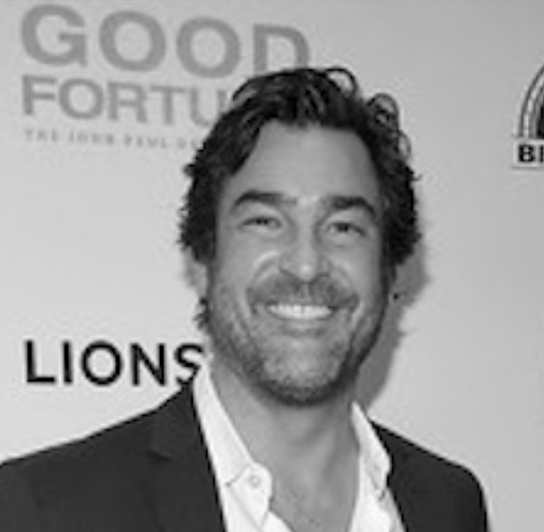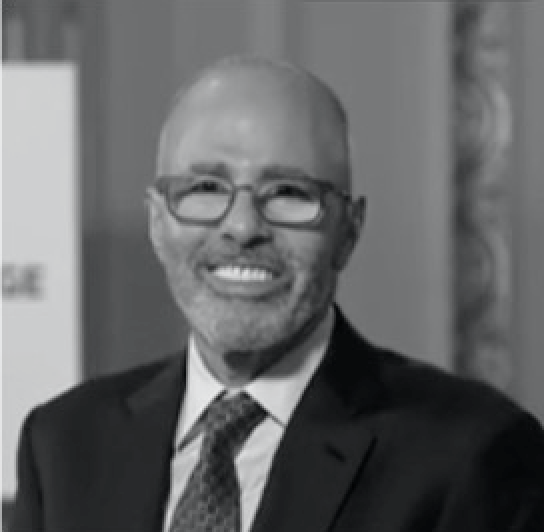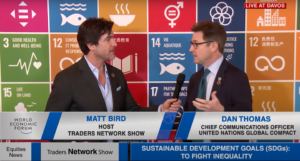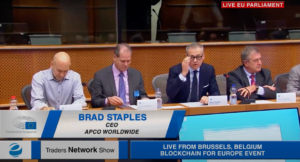United Hatzalah Discusses Removing Barriers to Reduce Ambulance Times – Converge2Xcelerate
Contributed by: Show Editorial Team
Dr. Amar Gupta, Prof. Computer Science & AI Lab at MIT, Joe Kristol, Senior Advisor to Chairman at United Hatzalah, George Matthew, CMO at DXC Technology at Converge2Xcelerate Conference (Boston, MA)
People die every day waiting for an ambulance. That’s because obstacles stand in the way.
“The ambulance often gets stuck due to congestion, narrow streets, all sorts of other issues,” Joe Kristol, Senior Advisor to the Chairman at United Hatzalah, said at the 2019 Converge2Xcelerate Conference. “What’s a way we can solve this?”
That was the larger theme of the Overcoming Barriers to Innovation Adoption panel discussion held in Boston and filmed live by the Traders Network Show, hosted by Matt Bird. How do you get past the hurdles blocking meaningful change? United Hatzalah’s work solving the ambulance conundrum served as the panel’s primary example.
United Hatzalah’s answer to the ambulance question is to train volunteers and equip them with medical supplies so that the response to any given emergency can essentially be crowd-sourced. It’s an initiative that has worked well in Israel, where it was founded. There, a network of about 6,000 volunteer medics representing a cross-section of faiths, has been able to cut ambulance response times from about 10 minutes to about 3 minutes, Kristol said.
Now, United Hatzalah is hoping to popularize its approach in the United States, launching in Jersey City, New Jersey, and expanding to other cities, including New York. But growing such an operation requires overcoming a number of obstacles. It takes political will, systemic buy-in, capable volunteers and ample training. And it can derail at any point. For instance, Kristol spoke about efforts to launch in Detroit that were halted at the 11th hour because city leaders, perhaps understandably, got cold feet.
In New Jersey, it was a more hopeful story, Kristol said.
“All the credit goes to the political leadership there, because anything that involves entrenched bureaucracies like EMS, fire, health systems, 911, there is a lot of nervousness around breaking that system or even innovating around the margins,” he explained.
Kristol said, when advocating for its services—and, by extension, any innovative model—it’s important to emphasize that the goal is to support, not supplant.
“We are not trying to replace traditional responders. We are simply adding another layer of response,” he said.
In Jersey City, United Hatzalah volunteers have been integrated into the 911-response system. When someone reports an emergency, the dispatch center contacts an ambulance as well as a United Hatzalah volunteer. Through an app, nearby volunteers—there were about 200 throughout the city at the time of the 2019 conference—are notified about the emergency.
“If they are near an emergency, they get dispatched,” Kristol said, explaining that volunteers are expected to drop what they are doing and race to the scene with their supplied medical equipment in hand. “They beat the ambulance more than half the time.”
In New York City, Kristol said United Hatzalah’s services could be particularly valuable, especially when it comes to responding to incidents in high rises.
Say you work on the 30th floor: “It would be nice to know if you or a colleague had an issue, you wouldn’t have to wait for an ambulance to battle mid-town traffic and then get to your building, and then wait another 7 minutes for the elevator to get to your actual floor,” Kristol said. A trained volunteer, who is one floor—or maybe even a couple of cubicles—away could easily provide CPR, administer Narcan or facilitate the use of an EpiPen. “That’s the kind of basic level of response that can still save lives when every minute and second counts,” he said.
United Hatzalah’s services are free to patients, but that doesn’t mean they are free. Still, they are relatively cheap to provide. Kristol said about $1 per citizen can fund the program in a city for a year. That money pays for training, dispatch, equipment like AEDs and liability insurance. In Israel, the operations are mostly funded by individual donations. In the U.S., the organization is looking to revenue sources like corporate partnerships—companies or real estate developers with employees or clients in skyscrapers could offer the added security measure as a benefit.
While Kristol described United Hatzalah’s work, he made no mention of blockchain technology, but that’s exactly what came to mind for panelist George T. Mathew, Chief Medical Officer at DXC Technology. After all, digital distribution of information is central to United Hatzalah’s operation, and that’s what makes it so innovative, Mathew said.
“It’s a distributed, decentralized model that actually democratizes how you deliver care to folks,” he said.
Similar conversations arise around cryptocurrency—a decentralized digital money system enabled by blockchain technology. Some people believe, despite questions about regulation and infrastructure standing in the way, it could very well be the currency of the future.
PR and Media by: CommPro Worldwide
Link to original article: here
(Written by Andrew Waite; Editing and revisions by Nicole Liddy)
All rights reserved to the Traders Network Show. No part of this publication may be reproduced, distributed, or transmitted in any form or by any mean including; photocopying, recording, or other electronic or mechanical methods, without prior written permission of the publisher, except in the case of brief quotations embodied in critical reviews and certain other noncommercial uses permitted by copyright law. For permission requests, write to the publisher addressed “Attention: Permissions Coordinator”








